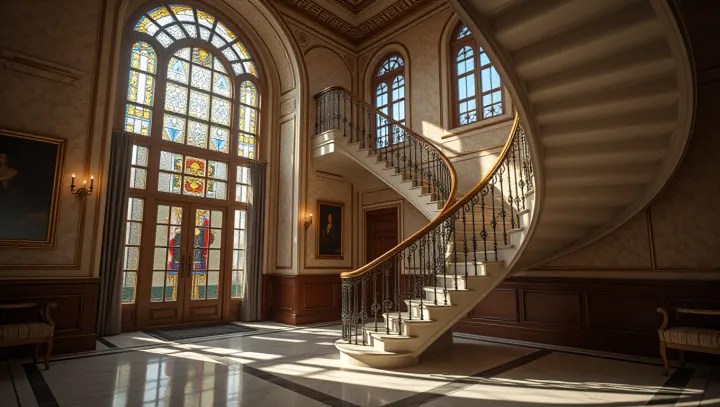Spiral Staircases: A Modern Twist on Tradition

In the ever-evolving landscape of modern architecture, the debate over spiral versus traditional staircases has captured the attention of both professionals and design enthusiasts worldwide. As cities like New York continue to expand upwards, architects are increasingly challenged to incorporate innovative solutions that redefine space efficiency. Spiral staircases offer a sleek, contemporary alternative to their traditional counterparts.
Their minimal footprint makes them a popular choice for urban living spaces, where maximizing square footage is crucial. According to architect Jane Doe, 'Spiral designs not only save space but also add a sculptural element that can transform an ordinary interior into a focal point of design.' Conversely, traditional staircases bring timeless elegance and a sense of formality to larger structures. Their classic design offers stability and ease of use, often preferred in public buildings and homes where accessibility is paramount.
Richard Roe, a historian in architectural design, notes, 'Traditional staircases have an enduring charm that resonates with the nostalgic appeal of grand architecture.' As urbanization trends persist, the choice between spiral and traditional staircases represents more than a matter of style. It reflects the broader dialogue on how modern living adapts heritage principles to contemporary needs. Whether for aesthetic, practical, or innovative reasons, the staircase you choose may just redefine your space's identity.
